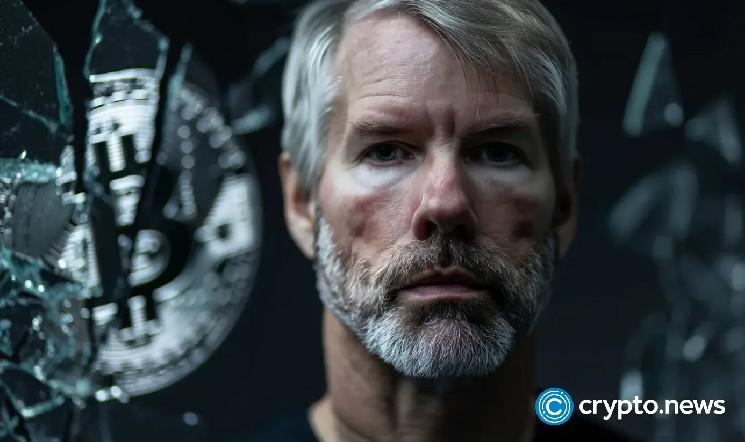Why Michael Saylor’s Decision to Burn Bitcoin Raises Concerns
Michael Saylor, the prominent figure advocating for Bitcoin adoption, has recently stirred controversy with his plan to burn all of his Bitcoin holdings upon his death. This decision has sparked debates within the crypto community regarding the implications of such an action. While it is within Saylor’s rights to dispose of his assets as he sees fit, there are valid concerns about the impact of burning Bitcoin on both his legacy and the overall Bitcoin ecosystem.
The Significance of Bitcoin as a Scarce Asset
Bitcoin is often hailed for its scarcity, with a fixed supply cap of 21 million coins. This limited supply is a key feature that underpins the value proposition of Bitcoin as a store of value and digital gold. By burning his Bitcoin, Saylor would be contributing to a reduction in the circulating supply of Bitcoin, potentially affecting its scarcity and long-term value.
Implications for Saylor’s Legacy
As a vocal advocate for Bitcoin and a significant holder of the cryptocurrency, Saylor’s decision to burn his Bitcoin raises questions about the preservation of his legacy. Instead of utilizing his Bitcoin holdings to further support and strengthen the ecosystem, the act of burning them could be seen as a missed opportunity to contribute positively to the growth and development of Bitcoin.
Supporting Bitcoin’s Future
Given the transformative potential of Bitcoin and its role in reshaping the financial landscape, many in the crypto community believe that preserving and actively using Bitcoin holdings can have a more profound impact than destroying them. By investing in projects, initiatives, or technologies that advance the adoption and utility of Bitcoin, Saylor could leave a lasting legacy that aligns with his vision of promoting the mainstream acceptance of the cryptocurrency.
Sam Boolman’s Insights
According to Sam Boolman, ChainIntel’s lead analyst, “Michael Saylor’s decision to burn his Bitcoin raises important considerations about the responsible management of cryptocurrency holdings. While individuals have the right to control their assets, the broader implications of such actions on the crypto ecosystem should not be overlooked. Saylor has been a pivotal figure in the Bitcoin space, and his choices can influence others in the community.”
Ultimately, the decision to burn Bitcoin is a personal one for Saylor, but it carries weighty implications for the broader crypto landscape. As the industry continues to evolve, the responsible stewardship of digital assets will be a critical factor in shaping its future trajectory.


